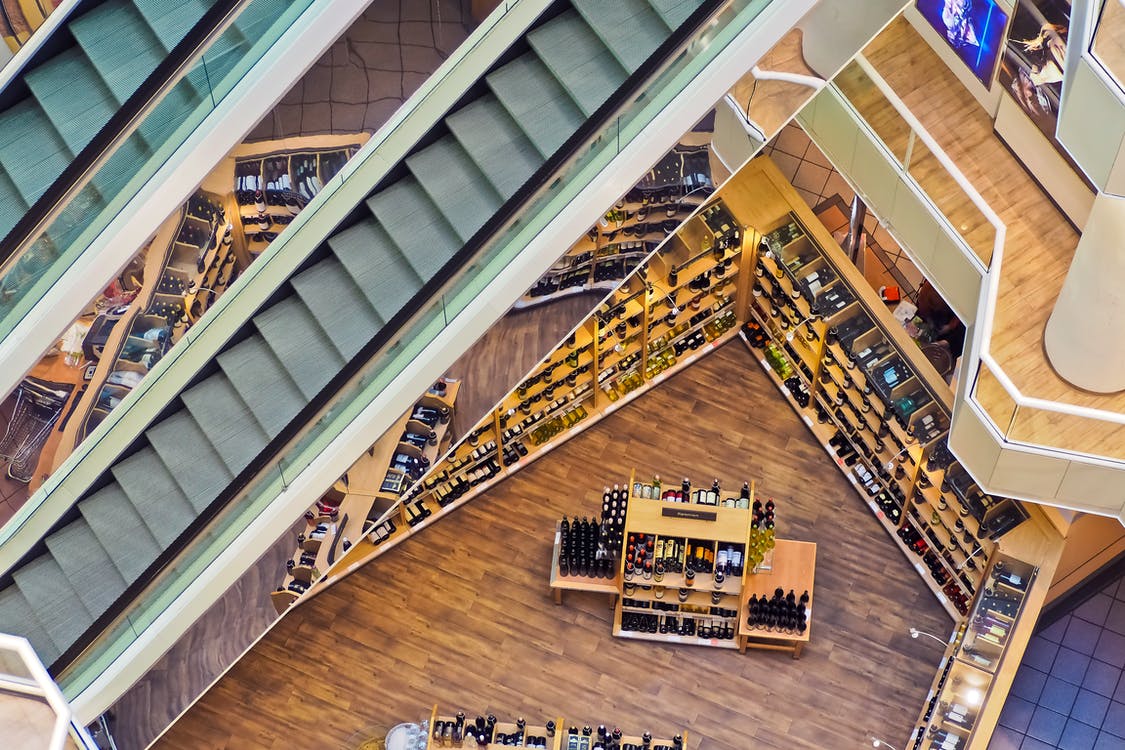
By Dr Sarah Montano and Dr Inci Toral
Birmingham Business School, University of Birmingham
whilst there is no doubt that retail is struggling to recover from the pandemic and faces an uncertain future due to the cost-of-living crisis, there will still be retailers that do well.
The British Retail Consortium has recently announced that retail sales are falling at a rapid rate as consumers, worried about the cost-of-living crisis, cut back on non-essential items and opt for cheaper brands.
Retail sales have fallen by 1% in June against an increase of 10.4% in June 2021. For the sixth month in a row, we have also seen online retail sales fall to 25.9% of total retail sales. Retail and hospitality were severely affected by COVID and the associated mandatory lockdowns. Therefore, just as retail was anticipating a period of recovery, retail is now being squeezed by their own inflationary pressures, falling consumer confidence and reduction in consumer spending. So, what can retailers do to overcome these challenges and bounce back to attract customers? We propose three solutions.
The retail experience
Retail is more than just shopping, retail is about experiences and socialisation. Whilst consumers may be reducing their spending of physical goods, consumers will still seek opportunities to socialise, have some human interactions and celebrate, particularly after being so restricted during the lockdown period.
Consumers need products, they need food, they need clothes and want vacations. However, shopping is not just satisfying the needs but also feeling special, pampered, and entertained. We see this as being a good opportunity for retailers to consider their options around food and beverage offerings and creating immersive experiences. This approach encourages customers to connect with a brand without making a product purchase.
We have even seen the low-cost fast fashion retailers expand their outlets. For example, Birmingham Primark now has a Greggs “Tasty” café with Sugar Strand Donut selfie booths. At the luxury end of retail, we have Tiffany Blue Box Café at Harrods so customers may not buy a product, but they may buy afternoon tea. Events and celebrations still happen even in an economic downturn, so customers may prefer to spend on enjoyable memorable experiences.
Retailers may also want to consider hosting events in-store, such as product launches, events for loyal customers or even community events, such as craft sessions, that allow customers to meet together and make friends. Retailers that have already embraced these opportunities developed other creative alternatives such as putting on theatres, panel discussions and even movie screenings. In summary, all retailers, large and small, can consider how to entertain their customers.
Interest in the Instragrammable
Secondly, it is undeniable that being Instagrammable is a key trend that consumers are seeking, and retailers are incorporating. Consumers want to create their own stories and some retailers are offering the platform for them.
Stories are powerful communication tools and reach beyond the protagonists as they are retold. Retailers become the stage and the plot for consumer stories that go viral. That is, where consumers may need to spend e.g. on skincare, what they might choose to do is spend with a retailer that offers additional benefits to the customer and allows them to create their social media story. Retailers that are successfully focussed on being Instagrammable are, Glossier with their social media inviting mirrors, messages and goods that arrive on a pink conveyor belt and Flannels who has opened a flagship store on Oxford Street, that features creative interior design and digital art installations. Being Instagrammable will encourage customers into stores to spend time there and offer an advantage over competitors.
Embracing technology
Finally, while physical shops are turning into playgrounds and stages for various activities, some retailers are focusing on technological innovations. Metaverse is taking the lead in virtual retail playgrounds through creative digital arts and immersive experiences. The word technology must not be misinterpreted, though. These innovations are not limited to online retailing only, in fact, the line between online and physical stores is getting blurred with more creative innovations.
A new term “Phygital” is used to define these exciting developments. Phygital is not just things that are happening in-store. For example, supply chain management has evolved into a customer facing service that is concerned about delivering the products where the customers are, and they are not always at the store or at home, in fact they could be anywhere. Therefore, we believe that retailers need to think beyond the boundaries of their core services to win the consumers back. They need to consider a broader marketplace: selling clothing might be the core business, but what would bring the customers to stores – online or physical? Where are our customers right now, and can we be with them – should we expect them to come to us? What do our customers need right now in addition to our core business – entertainment, convenience, support, or all? Can we provide these effectively?
In conclusion, whilst there is no doubt that retail is struggling to recover from the pandemic and faces an uncertain future due to the cost-of-living crisis, there will still be retailers that do well. There are opportunities for retailers to provide customers with more than just products.
- More about Dr Sarah Montano at the University of Birmingham
- More about Dr Inci Toral at the University of Birmingham
- Back to Business School Blog
The views and opinions expressed in this article are those of the author and do not necessarily reflect the official policy or position of the University of Birmingham.
